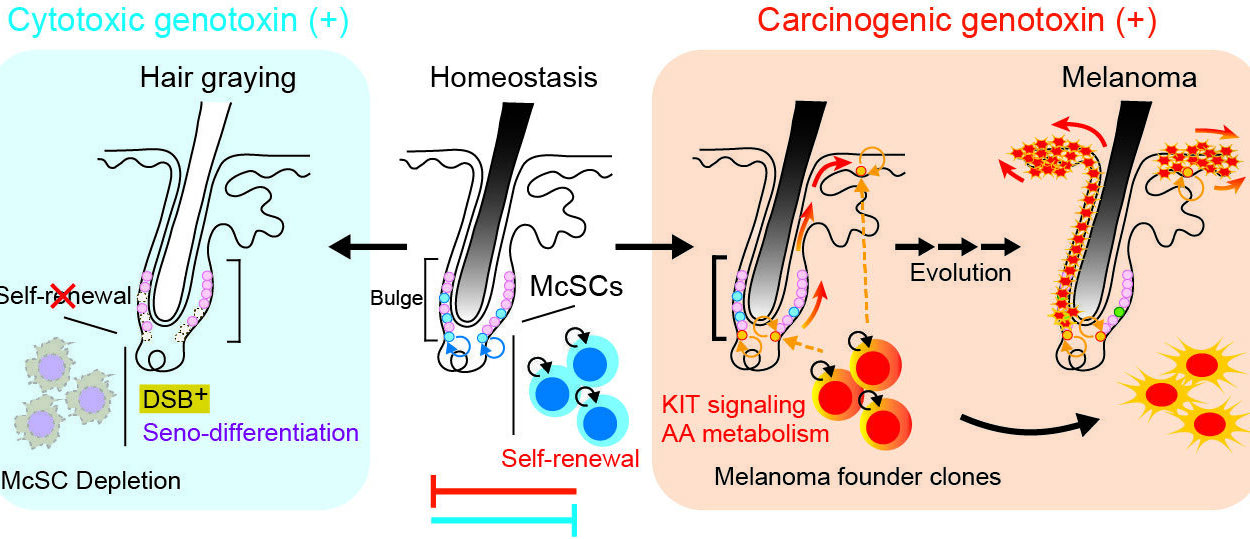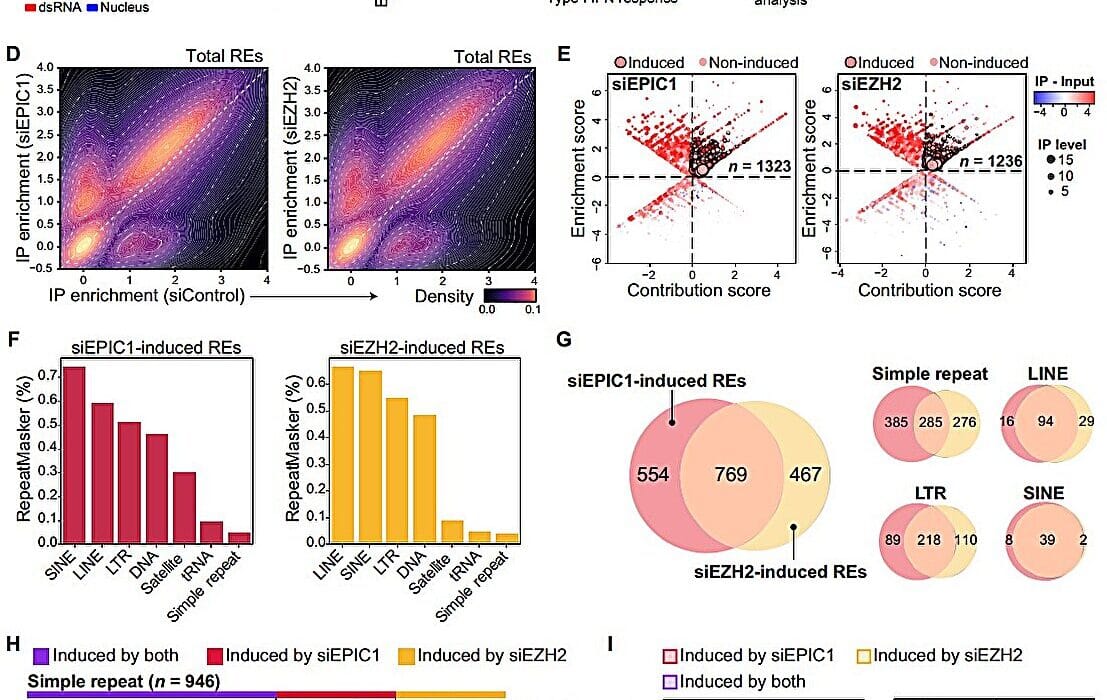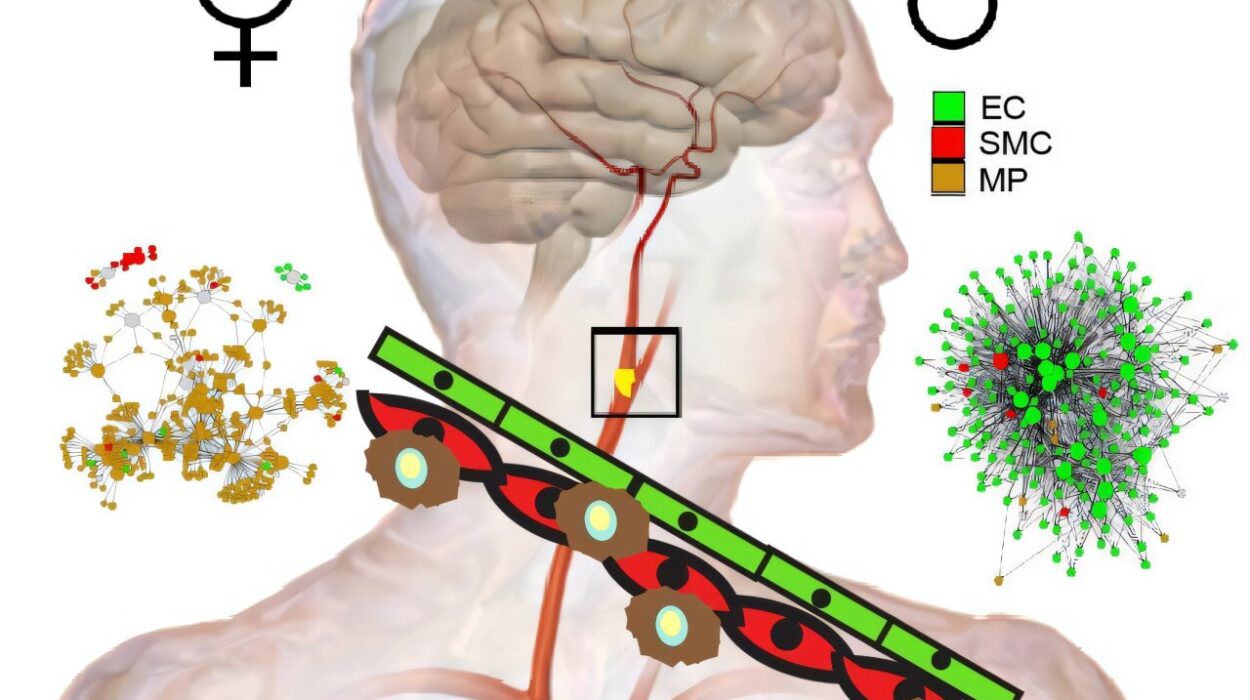In our everyday lives, we often take for granted the quiet, invisible agents of disease that surround us. These infectious agents—viruses, bacteria, fungi, and parasites—are ubiquitous in the environment. Most of the time, our immune system shields us from their effects. But sometimes, when the balance tips, these pathogens succeed in infiltrating our bodies, triggering an infection.
But why do some infections spread rapidly from one person to another while others remain confined to a single host? What makes an infection contagious in the first place? To answer these questions, we must explore the factors that enable pathogens to overcome our body’s defenses and jump from person to person, and we must also understand how social behaviors, environmental factors, and biological mechanisms work in tandem to facilitate the transmission of diseases.
The contagiousness of an infection—its ability to spread from one individual to another—depends on a complex interplay of factors that include the pathogen’s characteristics, the mode of transmission, and the condition of the host. The question of what makes an infection contagious is not just a matter of understanding biology, but also of exploring how our behaviors, environments, and interactions shape the course of epidemics.
The Anatomy of a Contagion: Pathogens and Their Modes of Action
At the heart of any contagious infection is a pathogen, an organism capable of causing disease in another organism. Pathogens come in many forms—viruses, bacteria, fungi, and parasites—each with their own strategies for survival and replication. The first key factor in whether an infection becomes contagious is how a pathogen behaves inside a host.
When a pathogen enters the body, its primary goal is to find a way to replicate and spread. The methods it uses to do this vary greatly depending on the type of pathogen.
Viruses: Masters of Stealth and Replication
Viruses are the ultimate survivalists. They cannot replicate on their own; instead, they hijack a host cell’s machinery to produce copies of themselves. A virus will invade a host cell, inject its genetic material (either RNA or DNA), and force the cell to churn out thousands of new viral particles. Once these new viruses are ready, they exit the cell and go in search of new hosts to infect.
What makes viral infections particularly contagious is their ability to spread quickly within a host. For example, respiratory viruses like the flu or the common cold replicate in the upper respiratory tract and can be expelled when the host coughs, sneezes, or even talks. This release of viral particles into the air or onto surfaces allows the virus to infect other individuals with remarkable efficiency.
Bacteria: Colonizers and Opportunists
Bacteria are single-celled organisms that can thrive in a wide range of environments. Unlike viruses, bacteria can live and reproduce independently, though many rely on a host for nutrients. Some bacteria cause disease by releasing toxins that damage tissues or by directly invading and multiplying within host cells.
Certain types of bacteria have evolved specialized mechanisms to make themselves more contagious. For instance, bacteria like Streptococcus pneumoniae, which cause pneumonia, are often carried in the respiratory tract without causing any symptoms in the host. When the host coughs or sneezes, bacteria are expelled into the air, where they can be inhaled by others.
Other bacteria, such as Salmonella, are transmitted through contaminated food or water. These bacteria are adapted to survive in environments outside the body, allowing them to infect new hosts via ingestion.
Fungi and Parasites: Less Common, but Not Less Dangerous
Though less common than viruses and bacteria, fungi and parasites can also be contagious under certain conditions. Fungal infections, like athlete’s foot or ringworm, are spread through direct contact with infected skin or contaminated surfaces. These organisms reproduce by releasing spores, which can survive in damp, warm environments and are easily transmitted through contact with infected individuals or surfaces.
Parasites, such as Plasmodium (which causes malaria) or Giardia (which causes gastrointestinal illness), may spread through vectors like mosquitoes or contaminated water. The unique life cycles of these parasites often involve multiple hosts, and they must travel between them to complete their life stages, making them both dangerous and contagious.
Transmission: The Journey from One Host to Another
Infections become contagious when pathogens are able to move from one host to another. But for this to happen, certain conditions must be met. First, the pathogen must be able to survive in the external environment for a time, whether that’s floating in the air, surviving on a surface, or existing within a vector. Next, it must find a way to enter the new host’s body, typically through mucous membranes, breaks in the skin, or other openings.
Direct Contact: The Transfer of Pathogens Through Touch
One of the simplest ways infections spread is through direct contact. Pathogens can be transmitted from person to person through physical touch, such as shaking hands, hugging, or kissing. For example, the human papillomavirus (HPV) spreads primarily through skin-to-skin contact during sexual activity. The herpes simplex virus (HSV), responsible for cold sores, can also be passed through direct contact, including kissing or sharing utensils.
However, not all infections require the intimacy of touch. Some bacteria and viruses can be transferred through droplets expelled when a person coughs or sneezes. Respiratory infections like the flu, COVID-19, and the common cold can travel through the air in microscopic droplets, where they are inhaled by others, making them especially contagious in crowded, poorly ventilated spaces.
Aerosol Transmission: Tiny Droplets, Big Impact
Some pathogens can be even more insidious because they can linger in the air for longer periods, allowing them to travel farther and infect people who are not in immediate contact with the infected individual. These are known as aerosolized infections, and the pathogens responsible—like the ones that cause tuberculosis, measles, and COVID-19—can travel through the air, sometimes over distances of several meters.
The fine droplets that carry these infections can remain suspended in the air for minutes to hours, making environments like hospitals, public transport, and crowded indoor spaces prime breeding grounds for contagion. Understanding this type of transmission is crucial for controlling airborne diseases, as it emphasizes the importance of ventilation, masks, and physical distancing.
Indirect Transmission: Pathogens on Surfaces
Not all infections require direct physical contact. Some pathogens can survive for hours or even days on surfaces, creating a reservoir of infection that can transfer to anyone who comes into contact with those surfaces. This is called fomite transmission. Viruses like the norovirus or bacteria like Staphylococcus aureus can be transferred via contaminated doorknobs, shared devices, or countertops. When an individual touches a contaminated surface and then touches their mouth, nose, or eyes, they can become infected.
This form of transmission is one of the reasons why frequent hand washing, sanitizing, and surface cleaning have become cornerstones of infection control during outbreaks like the COVID-19 pandemic.
Vector-Borne Transmission: The Insect Intermediaries
Some infections are transmitted by vectors—organisms that carry and transmit a pathogen from one host to another. These vectors are usually arthropods, such as mosquitoes, fleas, or ticks. Malaria, for example, is transmitted through the bite of an infected Anopheles mosquito. Similarly, Lyme disease is spread through the bite of an infected tick.
These vector-borne infections pose unique challenges because they not only require a host for the pathogen, but also an intermediary organism to facilitate transmission. The survival of these infections is dependent on the interplay between the vector, the environment, and the host.
The Role of Host Factors: Why Some People Are More Vulnerable
While pathogens are the key players in the spread of infections, the condition of the host—whether it’s the immune system’s ability to fend off pathogens, the presence of underlying conditions, or even genetic factors—also plays a critical role in whether an infection will spread.
People with weakened immune systems, whether due to chronic illness, age, or immunosuppressive medications, are more likely to contract an infection from an exposed individual. Additionally, the presence of asymptomatic carriers—individuals who are infected with a pathogen but show no symptoms—can also contribute to the spread of infection. Asymptomatic individuals are often unaware that they are infected, so they may inadvertently spread the pathogen to others.
The speed and intensity with which an infection spreads also depend on the infectivity of the pathogen. Some pathogens, such as the flu virus, have a relatively high infectivity and can cause a wave of new infections within days. Other pathogens may require a higher dose to cause infection, or may spread more slowly.
The Social Environment and Human Behavior: Spread Through Interaction
Human behavior and social structures also play an enormous role in the spread of contagious diseases. High-density living situations, like in crowded cities or refugee camps, provide more opportunities for pathogens to spread quickly. Similarly, the nature of modern travel, especially air travel, has allowed diseases that were once confined to specific geographic areas to spread across the globe.
Pandemics, such as the COVID-19 crisis, have shown how social interactions—ranging from intimate contact to public gatherings—serve as transmission vectors. Public health measures like social distancing, quarantine, and vaccination campaigns have been critical in slowing the spread of infections, but the human tendency to gather, to travel, and to socialize presents ongoing challenges for controlling contagious diseases.
The Evolution of Contagion: Why Some Infections Spread Faster Than Others
The capacity for a pathogen to spread is not merely a fixed characteristic; it is shaped by evolution. Pathogens evolve strategies to improve their transmission rates, often through genetic mutations that make them more adept at surviving in the host or more effective at escaping the host’s immune defenses.
Some infectious diseases evolve to become more contagious over time, as they adapt to the changing behavior of their hosts. In contrast, other diseases may become less contagious or even extinct if their spread is hindered by effective control measures or changes in host behavior.
Conclusion: Understanding the Complex Dance of Contagion
The contagiousness of an infection is a multifaceted phenomenon shaped by biological, environmental, and social factors. Pathogens must not only be able to survive and replicate within a host but also find effective ways to jump from one person to another. Whether through direct contact, airborne transmission, or intermediary vectors, the mechanisms of infection spread are as diverse as the pathogens themselves.
Understanding what makes an infection contagious is essential for both the development of treatment strategies and the implementation of preventive measures. By recognizing the factors that contribute to the spread of infection—whether they are biological, environmental, or behavioral—we can better protect ourselves and our communities from the threat of infectious diseases.
As we face future pandemics and the ongoing battle against emerging pathogens, our ability to adapt to these challenges will depend not only on scientific advances in medicine but also on our collective understanding of what makes an infection contagious in the first place.






